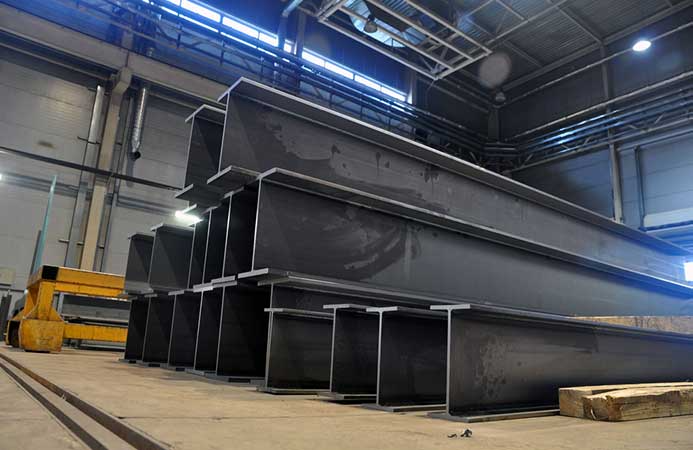
The Basics Of Structural Steel For New Construction Projects
Structural steel is often selected for building frameworks due to its strength and handling during construction. It is cut, joined, and placed based on clear project drawings. Using accurate shapes and connections supports safety and alignment.
Project teams often begin planning with guidance from a trusted structural steel supplier in UAE early on.
Common types of structural steel:
Several profiles are commonly used in structural applications. I-beams, with their flanged shape, support vertical loads and horizontal stress. Channels and angles are suitable for frames and connections. Hollow sections such as rectangular or square tubing—support lighter frameworks or bracing systems. Each type is selected based on the load it carries and the placement in the structure.
Grades and composition:
Structural steel is produced in different grades, which reflect its strength, flexibility, and composition. These grades are defined by standards like ASTM, BS, or EN. The grade chosen depends on the type of structure and the environmental conditions it will face. Some grades resist corrosion better, while others offer higher tensile strength for taller or heavier structures.
Prefabrication and delivery:
Steel components are often prefabricated off-site. After being cut, drilled, and welded in controlled settings, they are delivered to the job location for assembly. This approach supports faster installation compared to other construction materials. Clear and accurate drawings help ensure that each part fits as expected once it arrives at the site.
Installation and assembly:
During assembly, components are lifted into place and fixed using bolts, welds, or a combination of both. On-site adjustments may be necessary to align joints or correct small differences. Proper surface treatment, like priming or galvanising, protects steel from rust, especially in outdoor or coastal environments.
Design compatibility:
Structural steel fits many design types due to its strength-to-weight ratio. Long spans and open interiors are supported by steel beams without extra support columns. It also works with other materials such as concrete and glass, allowing flexibility in the construction process.
Maintenance and inspection:
After construction, steel structures are inspected for signs of corrosion, movement, or fatigue. Regular checks keep the structure safe and stable over time. Coatings may be reapplied as necessary to keep surfaces protected.

